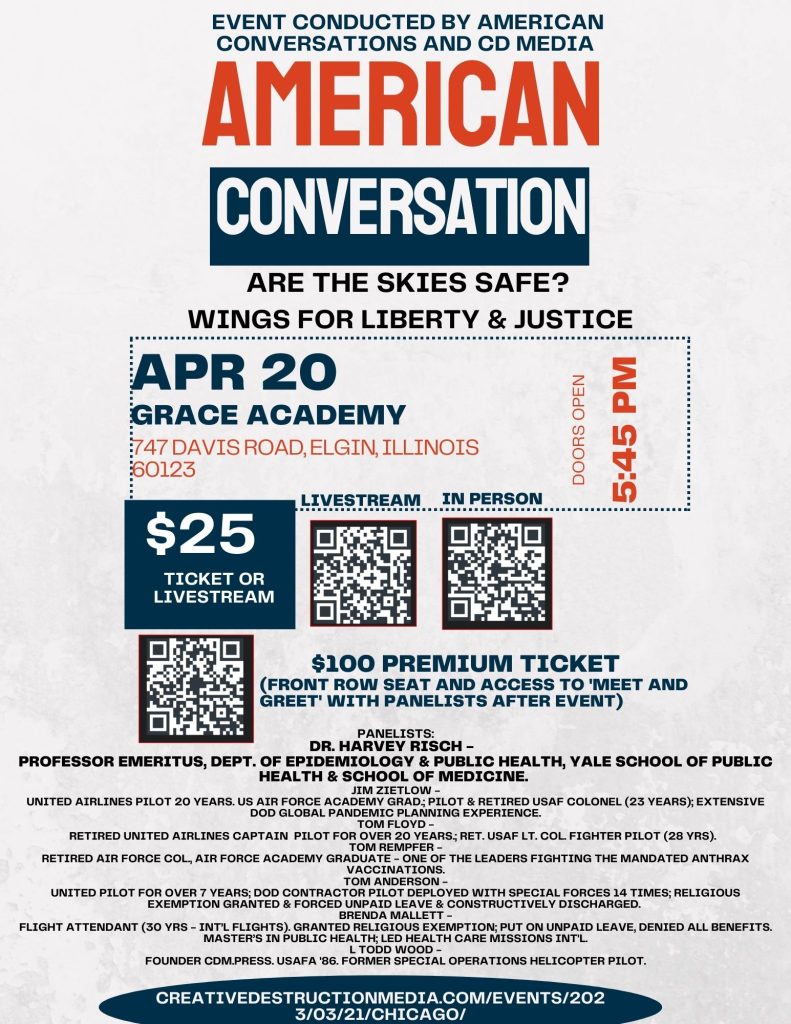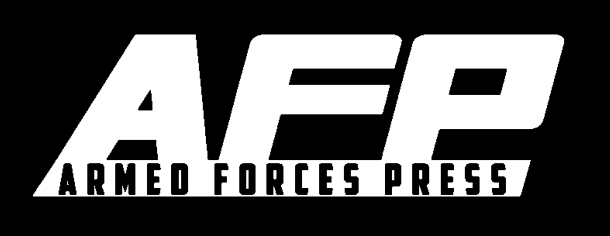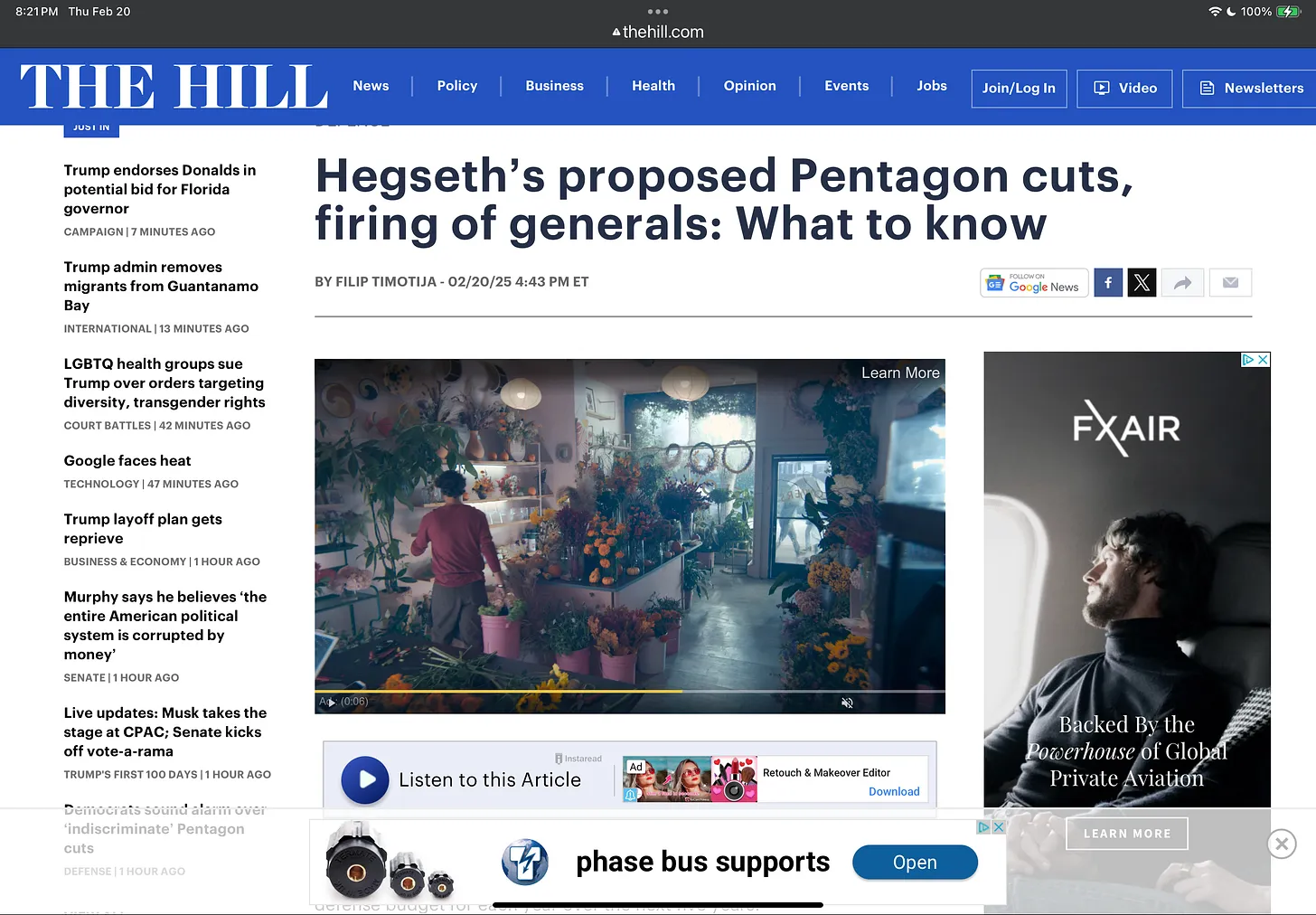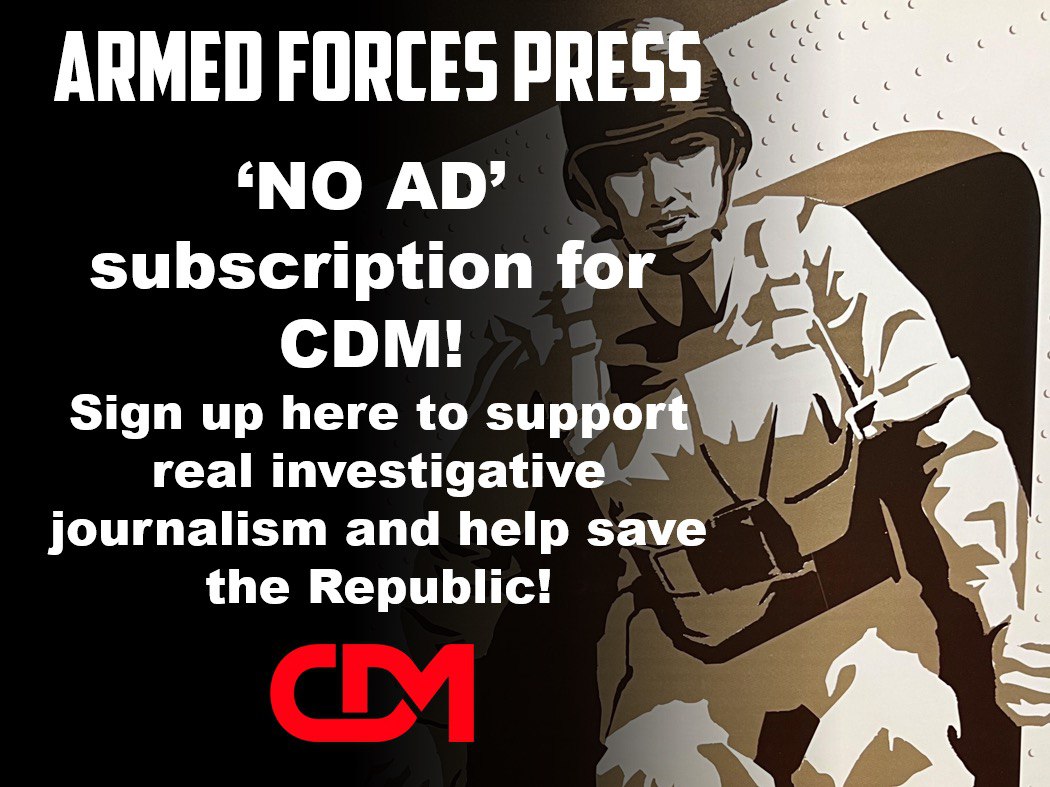What happened since 2020?

Public Domain
It is not often that such an esteem source comes forward with an intense experience nearly 16 years ago that directly impacts the Covid-19 policy today and for the last 3 years. In a stunning exclusive statement to CDMedia, this man shares his first-hand comparison of what the United States Department of Defense had planned as preparation for a pandemic in 2007. It is a 180 degrees from what the U.S. covid policy was for the last three years and going forward.
In 2007, Colonel James Zietlow was the U.S. military’s first choice to lead the Secretary of Defense’s directed 2007 Department of Defense Global Pandemic Influenza Plan.
IN COLONEL ZIETLOW’S OWN WORDS -
My comments are my personal opinions and do not represent the Department of Defense or the Department of the Air Force.
In January 2007, my military Director called me into his office. He said I was the number 1 pick as lead planning officer to build the first-ever DOD Global Pandemic Influenza Plan.
This plan would be only the second-ever global plan ever written by Department of Defense. The first was the US Central Command's Global War on Terror Plan.
My all domains’ plans branch team members would lead the planning and writing of this plan with the help of geographic Combatant Command Planners from US European Command, US Pacific Command, US Central Command, US Southern Command and have the support of medical professionals.
For background, the George W. Bush ’43 Administration, following 9/11/2001, directed the development of 15 National Planning Scenarios.
One of those scenarios was a Global Pandemic.
Homeland Security Presidential Directive-HSPD-21 (Public Health and Medical Preparedness) purpose was to establish a National Strategy for Public Health and Medical Preparedness built upon principles in Biodefense for the 21st Century (April 2004) to protect the health of the American people against all disasters.
The components of HSPD-21 included: Biosurveillance, Counter-measure Stockpiling and Distribution (therapeutics, drugs, vaccines), Mass Casualty Care and Community Resilience. So our planning was guided by the Bush ’43 Administration and all the Executive branch 3-letter agencies involved with health (CDC, NIH, HHS, FDA, etc).
The Secretary of Defense's staff gave us guidance generally to ensure continuous military operations throughout the pandemic. We had Combatant Command planners fly into Colorado Springs every other month for the entire year of 2007 to build a global pandemic plan to keep the military operating through multiple phases of a pandemic and coordinate actions to keep our weapon systems and military at maximum readiness.
I led vigorous debates and constructive discussions in those planning sessions with global planners. We disagreed a lot, yet I was able to build consensus on how best to coordinate and ensure that military operations would continue across the globe. Between planning sessions, we accepted multiple inputs from global planners and integrated and consolidated a global plan that met the Secretary of Defense’s plan requirements. The result was the publishing of CONPLAN 3551-07, DOD Global Pandemic Influenza Synchronization Plan and our team received laudatory acknowledgements from the Secretary of Defense for a well-written plan.
I cannot discuss the details of the 400+ page plan. One of the priorities was the prevention of transmission of the virus. We discussed mask use, but their use and availability was limited and not mandated. Vaccines were discussed, but never mandated vaccinations, and one of many prevention strategies, but not looked as practical for mass use due to the long-duration development, safety studies, and production.
Because of this we generally focused on transmission prevention, keeping healthy troops operating our weapon systems, and isolated from those with virus symptoms. Therapeutics or antivirals/early treatment protocols were also very important tools to directly support the health of.our military members.
In 2007, I was promoted to Colonel. In 2008, due to my extensive experience, I was "by-name" assigned to the NORAD USNORTHCOM Command Center as Deputy Command Center Director. In 2009, I moved up to Command Center DIrector. I handled many National Defense and National Security events such as the Fort Hood Shooting Incident and Northwest Airlines attempted underwear bombing. I also helped in the execution of the DOD Global Pandemic Influenza Plan and helped write just 2 years earlier, when the H1N1 virus was prevalent across the US in 2009.
Over 60 million Americans contracted H1N1 and 300,000 died (slightly higher than a normal flu season) from the H1N1 Pandemic. There were no mandated masks and no mandatory vaccinations during the H1N1 Pandemic. I completed my military career as Command Center Director.
In 2012, I returned to United Airlines as a pilot and looked forward to a more quiet yet highly responsible second career in the civilian sector. From 2012 to 2019, I helped raise my family and focused on my community. In 2020, that all changed dramatically.
I spent March 2020 and the weeks after calling and writing to friends and others about what a normal Pandemic process should be. When the White House announced a plan for 15-days to flatten the curve, I understood that decision to be a routine temporary (days) measures to limit transmission. The initial response seemed like following normal public health protocols, but then the policy changed.
What surprised me, as a former military pandemic planner were the extended lockdowns. Then came the extensive masking and highly restrictive health orders that went on for many many more months and into the next years. Multiple businesses were closed while others were selectively allowed to stay open. These actions seemed much more restrictive to our entire society than what we had planned for in the earlier 2007 era or implemented in 2009.
Soon, antivirals/early treatment protocols like Hydroxychloroquine and later Ivermectin were deemed unsafe. In fact, there were no early treatment protocols approved in 2020-2021 other than stay home until your lips turned blue, then ventilators at the hospital and remdesivir.
At the same time, Operation Warp Speed was put into place to develop Covid-19 vaccine injections. There was discussion about achieving herd immunity. I expected whatever vaccine was eventually developed years later following safety testing, would most likely be limited use to those most at risk (elderly, citizens with low immunity). Then the US military mandated that 100% of military members would be required to get the Emergency Use Authorized (EUA) vaccine. Again, no antiviral/early treatment protocols (prescription antiviral drugs) were authorized as a measure against infection. I was scratching my head.
Why were we doing things differently in 2020-2022 (than in 2007 and 2009) against a Coronavirus with 99.7% survival rate in most the the US military's age demographic? Why were 84 million Americans in the Corporate workforce with being mandated to get an injection 18-months after March 2020 with an injection built for the original March 2020 Alpha-variant? Wasn't the original Alpha-variant (15-days to flatten the curve) already mostly exposed to the entire public a year and a half after March 2020? Why were we forcing every single military member to get a Covid-19 injection (likely impacting military readiness) when early treatment options were available? The DOD anthrax vaccine was deemed illegal in 2003 requiring informed consent, why is the Covid-19 injection being handled differently?
I wondered why there was so much focus on paper and cloth masks and a one-size-fits-all vaccine injections when many other antivirals for public health were available.
As a former military pandemic planner in 2007, I just want to know why?
Jim Zietlow, Colonel USAF (retired)
US Air Force Academy Class of 1987
Former lead military planner for the 2007 DOD Global Pandemic Influenza Plan
********************************
Colonel Zietlow’s BACKGROUND:
After graduating from the US Air Force Academy in 1987, when his Class moto was - Our Wings are from Heaven - Zietlow was an Air Force pilot flying T-38s and C-5s.
Subsequently, Zietlow was appointed to the Pentagon as a C-5/C-17 Program Manager followed by a special assignment as a Congressional Liaison for the Secretary of the Air Force.
In early 2001, he began his employment at United Airlines as a pilot while simultaneously working as an Air Force Congressional Liaison. A year after 9/11, in late 2002 while on furlough from United Airlines, Zietlow was transferred to the newly established Headquarters United States Northern Command (HQ USNORTHCOM) in Colorado Springs as a full-time military J8 Program Manager. Later, Zietlow was assigned to the Command's Standing Joint Force Headquarters where he would soon be leading the U.S. Global Pandemic Planning task force.
From 2004 to 2008, Zietlow was assigned to the HQ USNORTHCOM Standing Joint Force Headquarters (SJFHQ-N) providing an in-house full-time trained and equipped Joint Operations Command and Control capability deployable anywhere within USNORTHCOM's Area of Responsibility (North America) for Homeland Defense and Support to Civil Authorities.
Zietlow’s duty title then was Chief, Air and Space, Maritime and Land Plans Branch supervising 12 air, space, maritime and land domain operations planners.
At a moment's notice his SJFHQ-N team could be deployed to significant national incidents and events. His team helped bring order to chaos across the country for many events during that era. They worked with many federal, state and local agencies as the "glue" to keep coherent operations flowing during peaks of dynamic event changes.
In August 2005, Zietlow was deployed to the Joint Task Force-Katrina (Fort Gillem, GA) to set up air rescue operations for the incoming Hurricane Katrina. When the New Orleans levees broke, Zietlow was the lead Joint Task Force-Katrina Air/Operations planner who helped organized the Air Component via a multi-state phone book he built (the internet was down) and wrote the operations orders to the U.S. Air Component Command to help bed-down 339 incoming helicopters and helped organized the largest air operations rescue in US history of New Orleans citizens from rooftops saving thousands of lives.
In 2006, Admiral Thad Allen at the FEMA Joint Field Office in Baton Rouge, LA requested Zietlow "by-name" to spend the summer working with New Orleans Coast Guard helicopter operations and Louisiana state rescue agencies to build the first-ever HQ FEMA Catastrophic Search and Rescue Plan for future Catastrophic air, land, and maritime rescue anywhere in the United States. Having led development of this Catastrophic Search and Rescue Plan, established Zietlow for his next project, the DOD Global Pandemic Influenza Plan.
